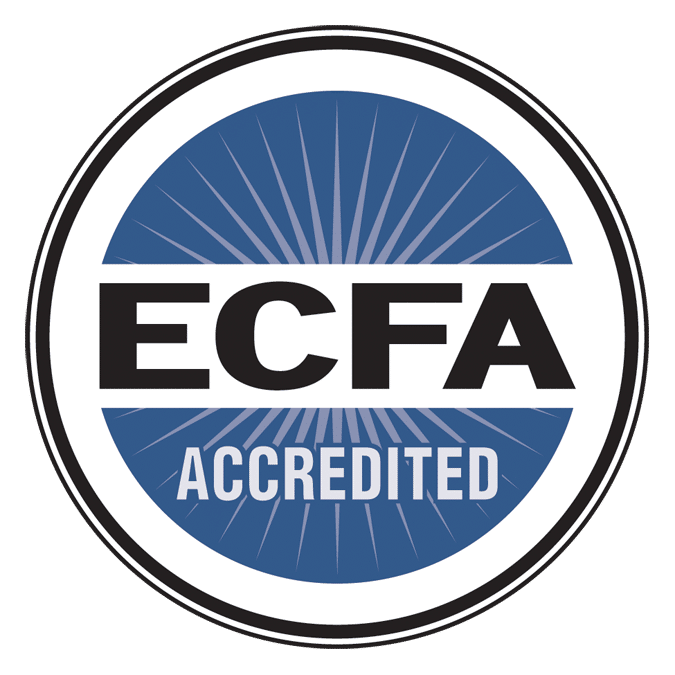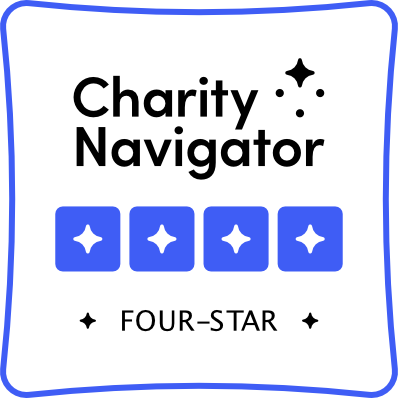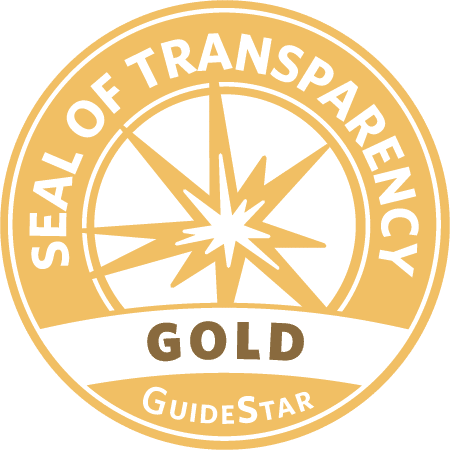Adoption, Disability, and the Power of God’s Love
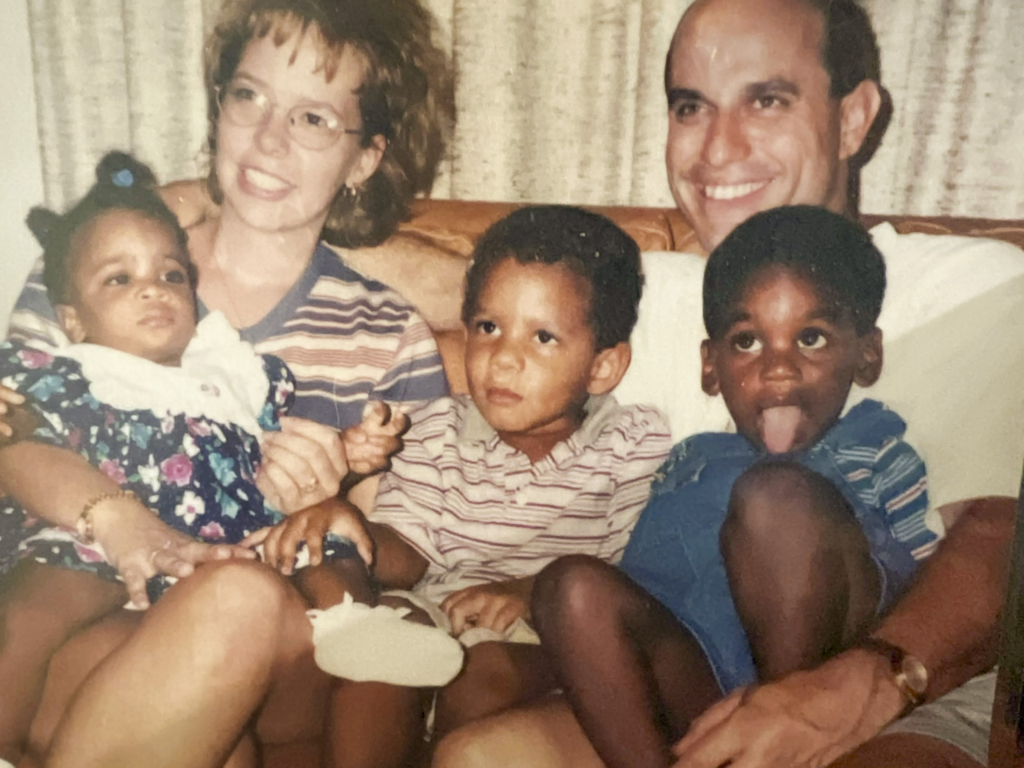
The first time we met Esther was under the golden arches…
It was the summer of 2000. Our family had recently doubled in size with the adoption of two boys—then two and three years old—so we were not pursuing another adoption. However, over an unexpected phone call, we were asked if we were open to adopting another child.
In the few short years of parenting the boys, my husband and I had already gone through many ups and downs. We knew the adoption process could be difficult at times, and we knew that Esther had had a very difficult past, despite her young age. She was only one year old, yet her list of hardships was long. Some challenges stemmed from her being born six weeks early. What was much worse, though, was that she had been born with fetal alcohol syndrome and was later diagnosed with failure to thrive. She also was dealing with severe asthma.
My husband and I knew adopting Esther would come with challenges.
As we prayed about the adoption, we had a peaceful assurance to proceed. And that day as we watched Esther play that first time in the magical play place under the golden arches, we saw a beautiful sun-kissed little peanut of a person. She was friendly, outgoing, and happy. We agreed to continue going down this road so that she could become a wonderful part of our family. We knew that no challenge was beyond the scope of us loving her, nurturing her, and giving her an opportunity to be raised in a home that, most importantly, loved Jesus.
Esther was almost two years old when she entered our home in November 2000. She weighed a “whopping” eighteen pounds and wore six-month clothing. She truly was our little peanut. We were so excited to have her finally placed permanently with us. However, as we spent much of our time getting to know her and loving on her, I sensed there was something else going on that the doctors had yet to pinpoint. In the first six months that we had her, she increased in maturity and cognitive growth by twelve months. But then she hit a plateau and we didn’t know why.
Searching for Answers
We waited another year before pursuing answers. Our days were filled with physical therapy, occupational therapy, and speech therapy. Esther was also being followed by a neurologist, a geneticist, a pulmonologist, and many other doctors. She definitely had sensory integration dysfunction, which affected various areas of her life. Still, we were encouraged; things seemed to be progressing in the right direction.
Then one day I noticed that Esther had been banging her head a lot on the walls, which was alarming. It wasn’t only that she was hitting her head, though that in itself is certainly not good, but also, this was atypical behavior for her. What was happening? I circled back to the neurologist and told him my concerns. We knew Esther had a lot of autistic tendencies, but the doctors had indicated that trauma and autism can manifest
in similar ways. Because of this, my husband and I were hesitant about seeking a lot of tests, but the neurologist went ahead and ordered an MRI of Esther’s brain.
Two days after the MRI, the neurologist called at 11:30 p.m., leaving a message for me to call him the next day. My heart beat out of my chest, and I could not sleep as I knew that this could not be good news. The next day, he told me that our sweet, little peanut was being diagnosed with agenesis of the corpus callosum, or ACC. We made an appointment to come into the office to discuss further what this might mean.
A New Diagnosis
Agenesis of the corpus callosum (ACC) is a birth defect that affects the brain. A person with ACC has a missing or partially missing corpus callosum, which is a thick bundle of nerve fibers that connects the right and left hemispheres (halves) of the brain.
Our daughter’s corpus callosum was completely missing. And we were unsure what this would mean for her future, although we reasoned it had something to do with her significant cognitive delays. To say we were shocked was an understatement!
I hit the ground running, educating myself as to what I could do to help Esther as much as possible. Days could be quite stressful. However, our faith in God and our knowledge that God had strategically placed our sweet Esther in our home was enough to carry us through. Also, the Lord led us to homeschool, as her therapists all believed that the amount of time I could spend one-on-one with her would be much more beneficial than her being in a classroom with other special needs children.
When Esther was seven years old, we took her to the University of South Florida Medical Clinics. Doctors put her through a slew of tests to determine what a prognosis might be. I will never forget the doctor who walked in and did a double take as he looked at our sweet girl:
“Well, this little girl looks nothing like the little girl on all her paperwork. She should be in a wheelchair—not talking, not walking—with a feeding tube and a trach. So whatever you’re doing, just keep doing it! But she will probably never read.”
This was the challenge we needed.
We had already tackled many things in Esther’s life that were daunting—even beyond daunting—for her to learn and to manage. But this was the first time in our journey with Esther that we knew God was going to use her in big ways! As the doctors came in and examined her, we were able to give God all the glory.
These medical tests also revealed areas of learning in which to concentrate. Esther’s math capabilities were almost nonexistent. She had already been working through a curriculum for kindergarten, but tests solidified what we were sensing: Esther would need to continue for many more years at a kindergarten level.
Indeed, from the age of six to eleven, she worked through five different curriculums for kindergarten. There were days when we would put away the workbooks and just sit and
read. There were days when both Esther and I could only weep because of discouragement.
It was never easy, but my husband and I spent time praying that God would give Esther a kind and tender heart, even if she never learned how to add or subtract. After all, isn’t a life exemplifying compassion more important than developing mathematical abilities?
When Esther was eight years old, the Lord brought one more girl into our household to complete it with four children. What a blessing! Among other delights, Esther loved being able to share her love with a sister in addition to her older brothers.
Esther is now an adult…
While Esther continues to struggle with many things intellectually, God’s grace continues to carry us, especially on those days when her future looks the most fragile.
Esther hasn’t been able to keep a fulltime job, but God has supplied some wonderful parttime work from people in our church. She hasn’t been able to get her license and probably will never be able to drive. Relationally, though, she has the most tender, compassionate, and giving heart of anyone I know.
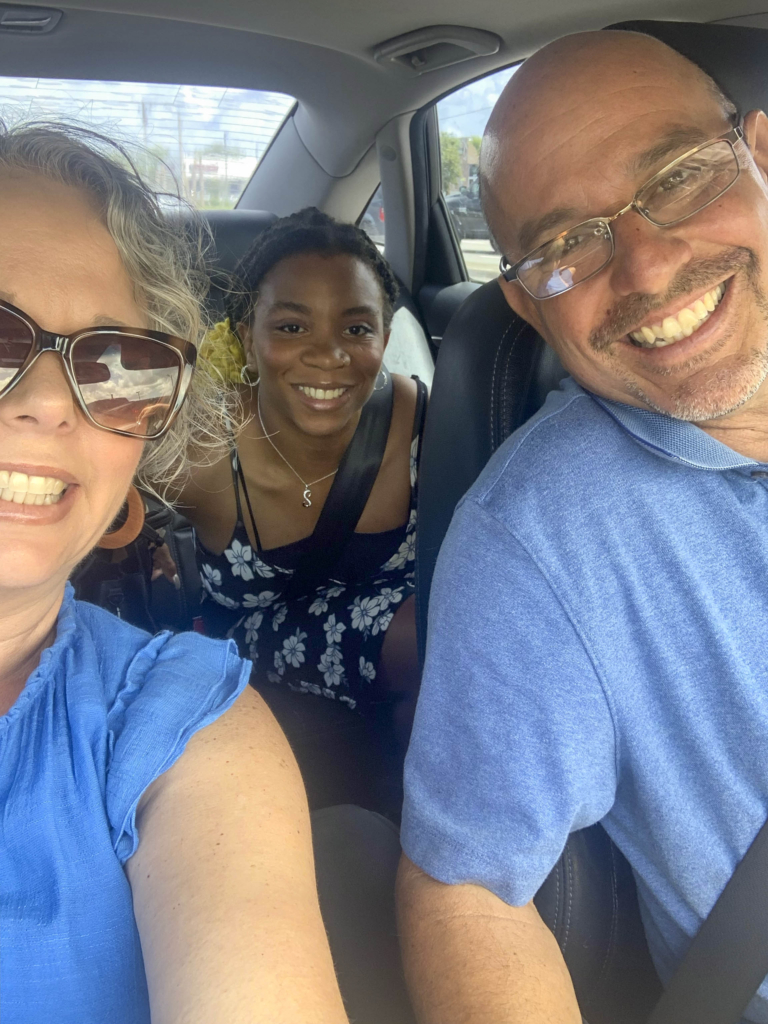
She has a hard time with those who cannot understand her. Outwardly, she appears typical, so her intellectual struggles are initially hidden. People can be insensitive. Sometimes they will say, “She just needs to try harder.” This is hurtful for Esther, making her feel inept, even socially. And it’s so painful for us as her parents since we know that relating to people actually an area of strength.
But through it all, the most important thing is that Esther loves Jesus and spends time with him every day. I don’t know the depth of her understanding, but I know that he understands her fully.
As Second Corinthians 12:9 (NLT) says:
“‘Each time,’ he said, ‘my grace is all you need. My power works best in weakness.’ So now I am glad to boast about my weaknesses, so that the power of Christ can work through me.”
God’s Word equips us for what he calls us to do.
I will tell you that adoption is hard. Parenting children with special needs can be extremely tiresome. And the two of these paths merging can seem impossible! It is true, caring for Esther often diminished the time I could spend with my other children. Such sacrifice is not easy. But God! He does give power to the weak, and I am so thankful for my family.
I can’t imagine these years without our four children, and Esther is such a blessing in helping to keep the home running smoothly as I work fulltime. I should add that Esther now reads on a sixth-grade level! God is so good.
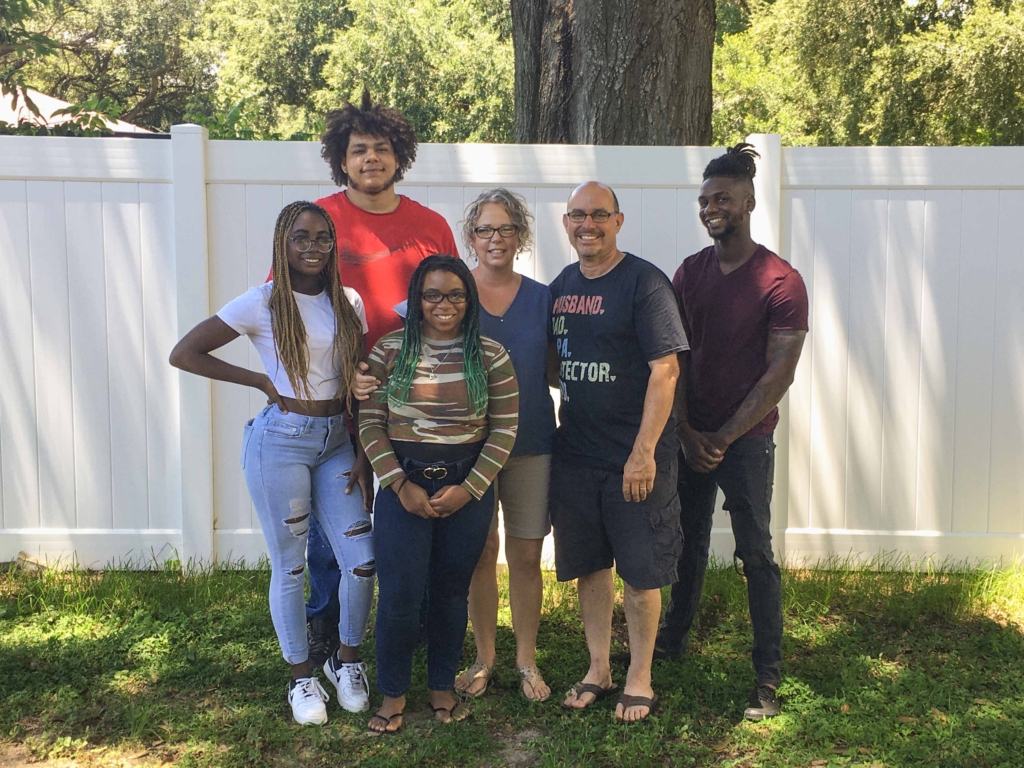
-Written by Sarah Puebla
Sarah Puebla is the director of Oak City Biblical Counseling Center in Bartow, Florida. She is wife to David, mom to four grown children, and grandmother to sweet Candie Rae.
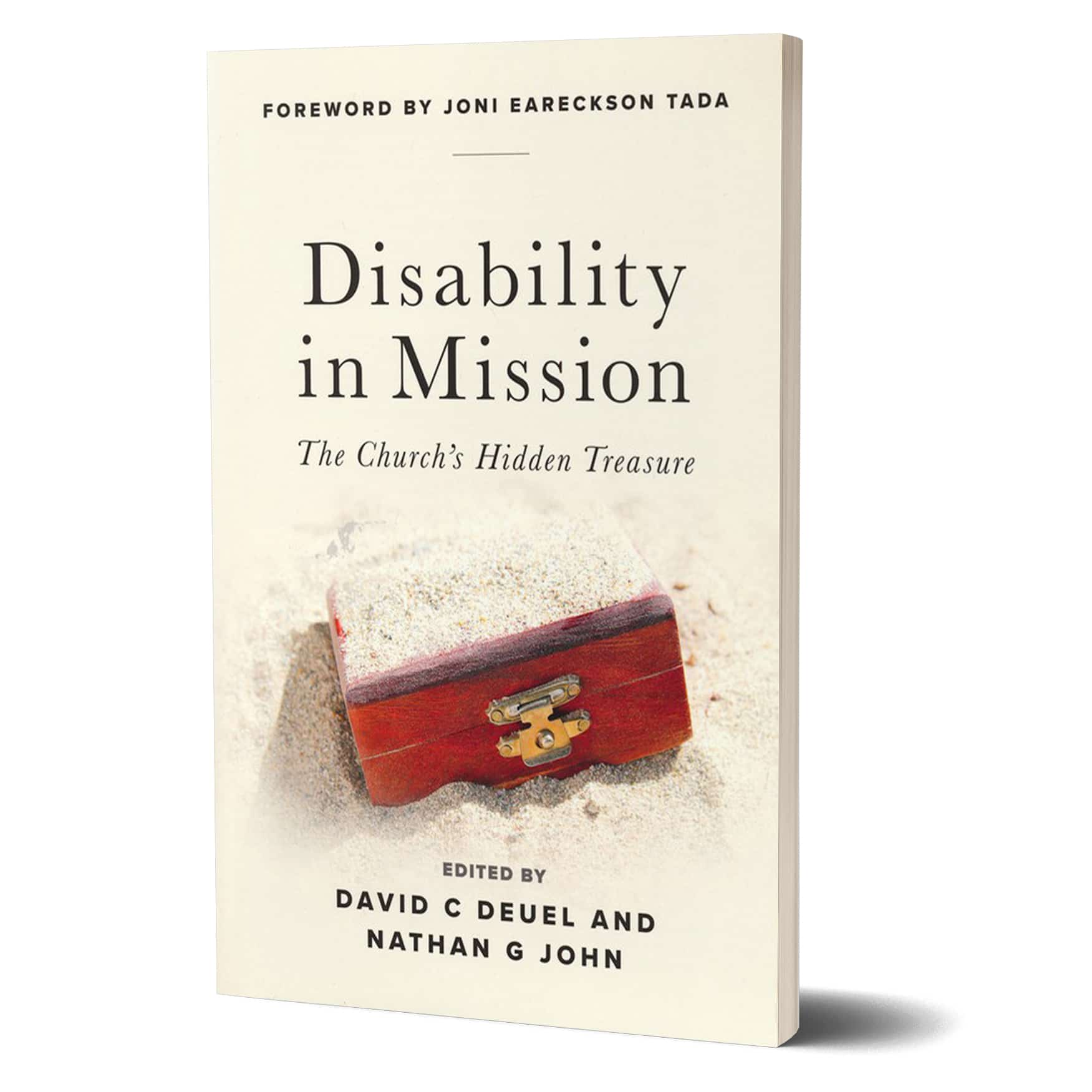
Disability in Mission
Disability in Mission: The Church’s Hidden Treasure outlines a radical change in approaches to missiology, missions, and praxis for the twenty-first-century global cultural context. It explores a pattern whereby God works powerfully in missions through disability and not in spite of it.



